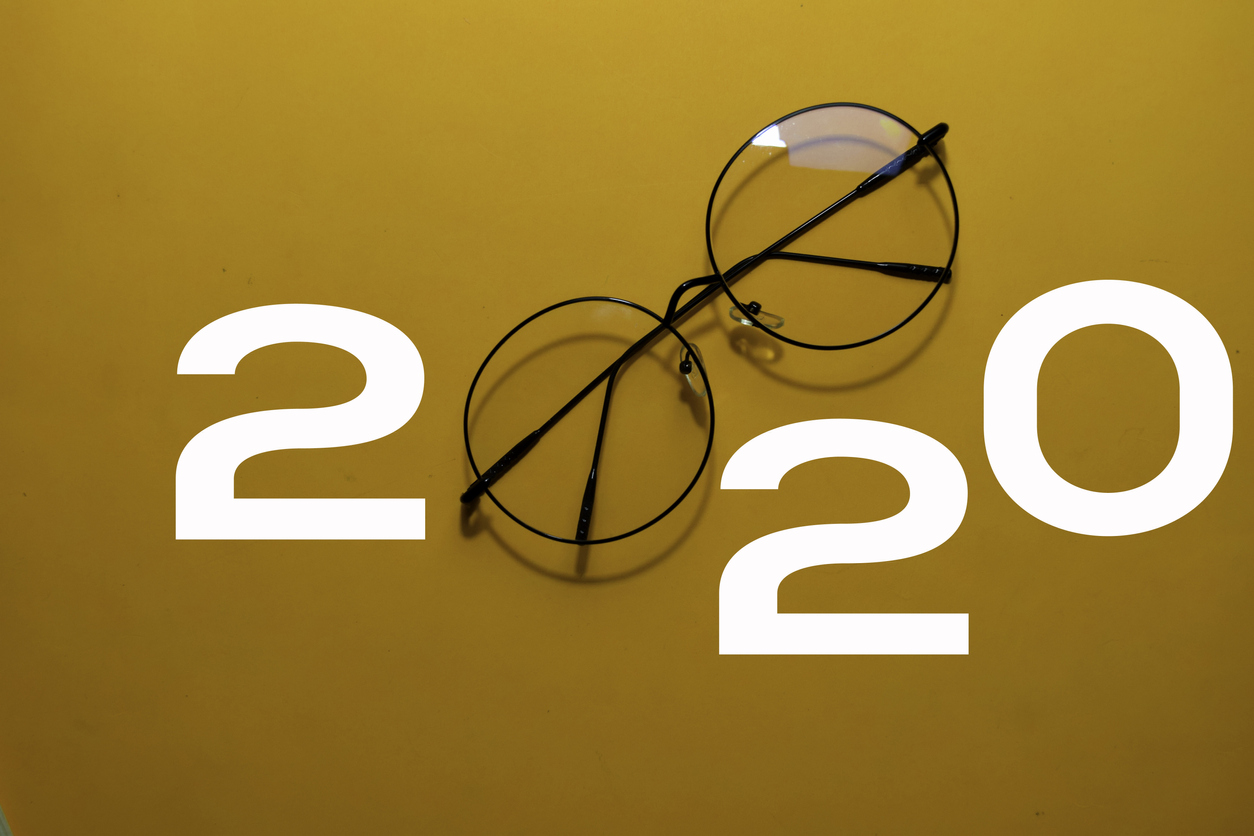We have all heard those lucky people who have never needed to wear glasses or contacts brag about their 20/20 vision. But what does that really mean? Most of the time, people claiming to have it don’t even know.
The truth is that there is no such thing as perfect vision. All vision is relative. As a society, we have collectively decided that people with 20/20 vision can see well enough to not require assistance. Of course, we’re not arguing that it’s totally arbitrary, just that it is relative to what experts expect from normal visual acuity.
Defining 20/20 Vision
The Cleveland Clinic explains that visual acuity refers to our ability to see details and shapes. 20/20 vision does not relate to a person’s ability to see color or their ability to see peripherally. Instead, the form of visual measurement used to describe 20/20 vision is broken into two parts. The first number indicates the distance at which the patient can clearly perceive a particular image. The second number indicates at what range the average person can discern that same image. Therefore, if you have 20/20 vision, you have normal vision according to global averages.
The American Academy of Ophthalmology points out that most eye charts have a small number listed above each row of letters. These numbers indicate how far away the average person can read each row. For example, patients with normal vision should be able to read the top row from 100 feet away. A patient with 20/20 vision should be able to read down to the sixth line from 20 feet away.
Patients whose vision falls below average may be classified as having 20/30 vision, etc. In this case, based on the order discussed above, we know that this person has to stand 20 feet away to see an object clearly that most people can see from 30 feet away. Conversely, there are plenty of people whose eyesight is better than the average person’s. A patient with 20/15 vision can stand a full twenty feet away from an object and still see it; whereas, others would need to stand 5 feet closer.
Getting 20/20 Vision
Fortunately, we live in a world where we don’t have to be bitter around people who were born with better eyesight. The technology available to us in the 21st century means that we can all achieve 20/20 vision if we wish.
At Advanced Eye Medical, Dr. Gosheh is an Orange County eye surgeon who offers blade-free laser eye surgery to patients who are ready to enjoy perfect sight every day without corrective lenses. Recent studies demonstrate that 99% of all Lasik patients achieve at least 20/40 vision, and 90% achieve 20/20 vision or better. The difference in results is based on the type of surgery and the original eyesight of the patient. Therefore, precision matters. Blade-free Lasik surgery makes it easier than ever before to ensure that the corneal flaps created are more precise than ever and allows your surgeon to create a perfectly smooth surface.
Are You a Candidate for Lasik Surgery?
If you’re interested in achieving 20/20 vision or better, then you should schedule a consultation with your local Lasik eye surgeon. Keep in mind that patients should be over 21, and it is highly suggested that you wait to have Lasik surgery until your prescription has remained stable for at least a year.
Additionally, your surgeon will want to make sure that you are in good general health before surgery. Don’t be surprised if your surgeon advises you to quit smoking for a few weeks before and after the procedure. Smoking slows down your immune response, leaving the eyes susceptible to infection in the interim.
However, if you’re the appropriate age, have a steady prescription, and take care of your general health, then there’s no reason you should have to wear corrective lenses unless you want to.

